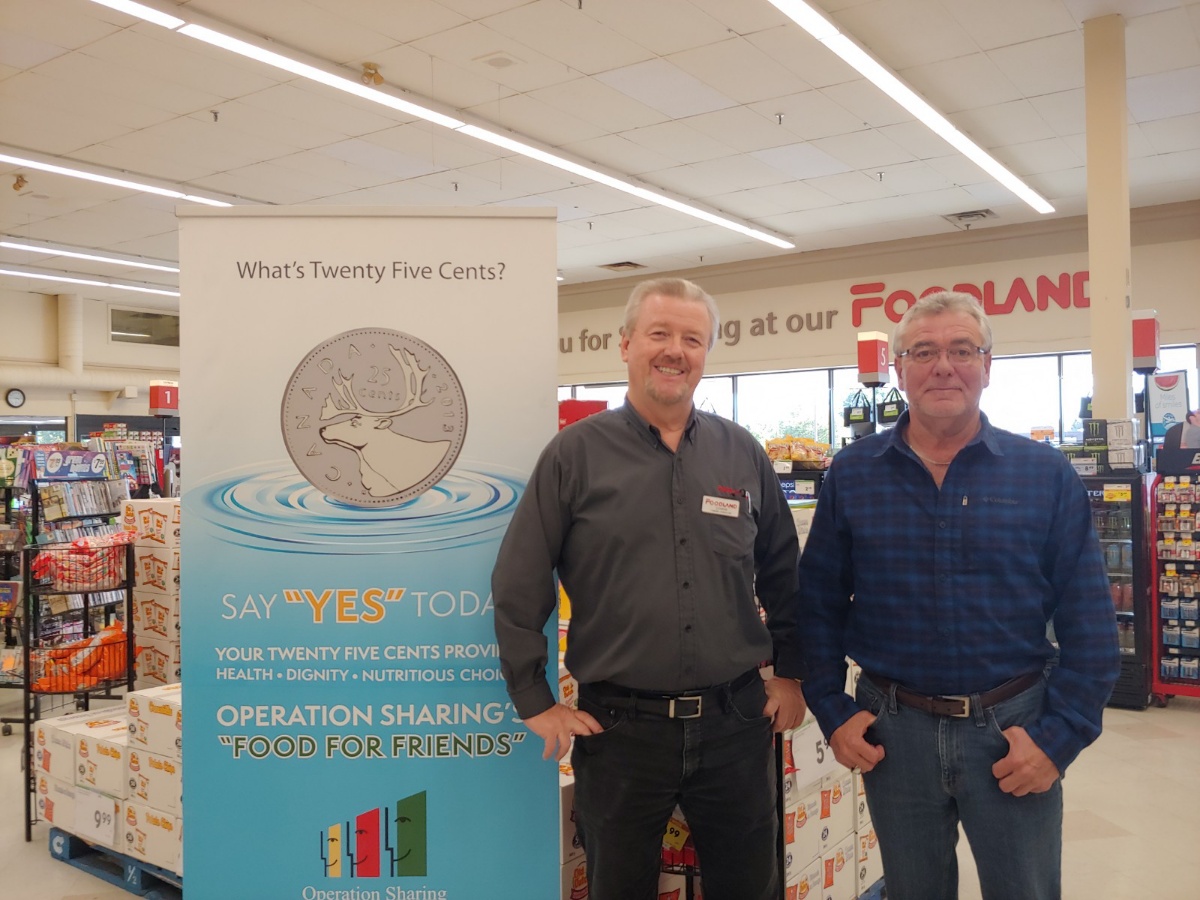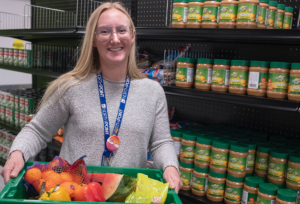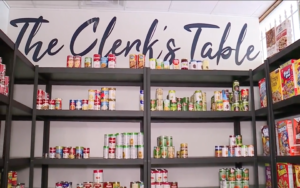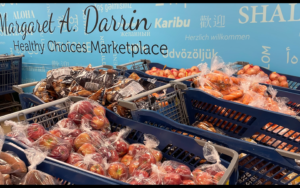When Stephen Giuliano became Executive Director of Operation Sharing in Ontario, Canada, he determined that the best way to address hunger in his community was to shut down the food pantry. In its place is a program, now in its 15th year, in which clients use food cards loaded with donated funds to help them do what everybody else does for food: shop at the grocery store.
Giuliano’s approach, called Food for Friends, is disarming in its simplicity. It calls upon members of the community to donate a quarter as they check out at their local grocery. Those quarter-sized donations, which add up to between $125,000 and $150,000 annually, are then used to fund gift-card-like cards that are issued to clients so they can purchase whatever food they want at the grocery.
The genius of Food for Friends is that it distributes charitable food through the same grocery-store system used to efficiently feed the entire population. More important for clients, it removes the indignity of having to go to a pantry to be handed a pre-packaged bag of food that may or may not be what they want to eat.

“The whole concept is for clients to be shopping with everybody else,” Giuliano said. “It’s breaking down barriers between people who normally would be in very different walks of life.”
The idea for Food for Friends came to Giuliano one day when he said he was “too lazy” to walk to his own bank and instead paid $1.50 to access a nearby ATM. If he was willing to do that, he figured, then others in the community might be willing to donate 25 cents at the grocery check-out to help their neighbors dealing with food insecurity. He was right, though the board at Operation Sharing, which supports about ten different poverty-fighting programs, needed some convincing and only narrowly approved the plan.
At a single quarter, the ask is so low that even people who have participated in the program as recipients at one point or another are able to donate, and the vast majority do, Giuliano said. At the register, the quarter-donation has an “item movement code,” just as a banana or other food item has, so all a cashier has to do is push a button. Though people often donate more than a quarter, Giuliano has no intention of raising the ask, knowing that the low amount greatly bolsters the program’s sustainability. “Because it’s so little, people think, ‘sure,’” he said.
With none of the overhead or operating costs required to run a pantry, every quarter raised goes directly onto the cards. “The more that comes in, the more we put on the cards,” Giuliano said. “People are thrilled that they’re able to donate to the program directly.”
The mechanics of the program are decidedly low-tech. After raising an initial $50,000 worth of quarters, Giuliano began funding one-time-use cards of up to say, $75, for a family. Recipients sign the backs of the cards and must use the amount in full when checking out.
Cashiers collect the cards, pair them with a signed receipt, and stick them in a box, for Giuliano to eventually collect. To prevent fraud, Giuliano makes sure that recipient signatures on the receipts, the backs of the cards, and the initial application all match up. Finally, he cuts checks to the participating grocery stores at regular intervals, to reimburse them for the food purchased by donation.
Patrons can only purchase non-taxable items with the cards, so Giuliano takes a pantry-like approach for items like laundry detergent and diapers, stocking them and making them available to clients when they come in to apply for the food card.
Food for Friends currently operates in seven grocery stores in the small city of Woodstock, Ontario, which has a population of about 41,000, and a neighboring smaller town. Giuliano is convinced the program would work even better with a technological upgrade and in bigger cities, where the revenue created through small donations could be much higher. But as far as he knows, the idea has not caught on much elsewhere.
“The biggest question I always get is, ‘Why aren’t more communities doing this?’” he said. “My answer is, I don’t know.”
CAPTION ABOVE: Chris Chapman, left, owner and operator of the local Foodland grocery, was the first to agree to try Stephen Giuliano’s Food for Friends idea.














